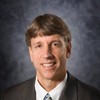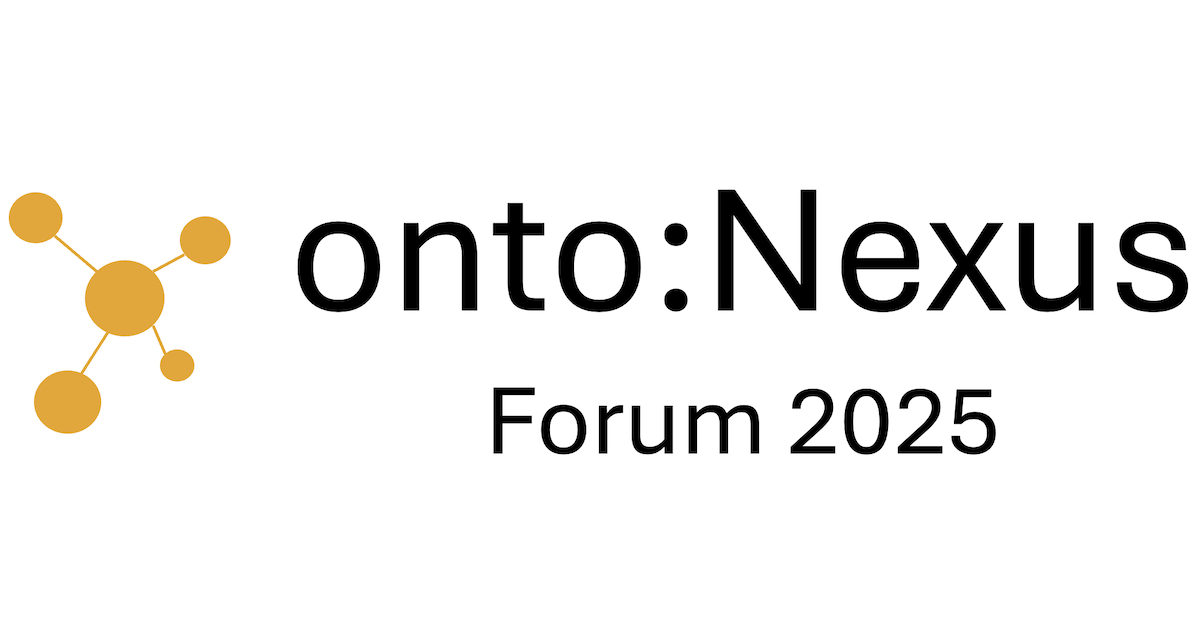Abstract
This presentation will summarize the strategies and approach to modernizing how JPL architects, designs, develops, tests, operates, and sustains space systems. This includes establishing and sustaining a repository of current and accurate data-driven models containing elements of multi-mission applications traceable to stakeholder and mission requirements (authoritative sources of truth). Our goals include developing and expanding a digitally fluent workforce capable of excelling in a new paradigm, and designing, delivering and sustaining an integrated digital platform that facilitates system of systems development across diverse stakeholders and complex project structures.
Speaker

Steven Ardito
received his B.S. in Mechanical Engineering from the University of Massachusetts/Amherst, and M.S. in Mechanical Engineering from the University of Southern California. He is currently a Principle Systems Engineer (and formerly Chief Engineer ) of the Systems Engineering Division at JPL where he oversees the development, implementation and practice of systems engineering processes and technologies across diverse projects on lab, and provides technical consultation and leadership specific to individual project needs and challenges. He is also the Manager for JPL’s Engineering Development Office (EDO) and Center for Autonomous Robotic Systems (CARS), where he creates strategic development plans, leads research activities and works to advance systems engineering and technology capabilities in support JPL’s mission needs at the forefront of space exploration. Before coming to JPL in 2017, Steven spent 25 years at Hughes Space and Communications and Boeing Satellite Systems which included the role of Lead Systems Engineer/Product Line Chief Engineer for Boeing’s largest commercial satellite product line. In this dual role, he formulated innovative approaches to satellite system architecture modeling, simulation and test to help execute one of the most successful concept-to-product line campaigns in the industry. Prior to this, he spent the first 10 years of his professional career at Hughes Aircraft where he became the leader of the Vehicle Design Section specializing in the integration of flight vehicle subsystems (airframe, propulsion, guidance and control, thermal, power) into end-to-end systems that could meet the extraordinary demands of military aviation and defense systems.



